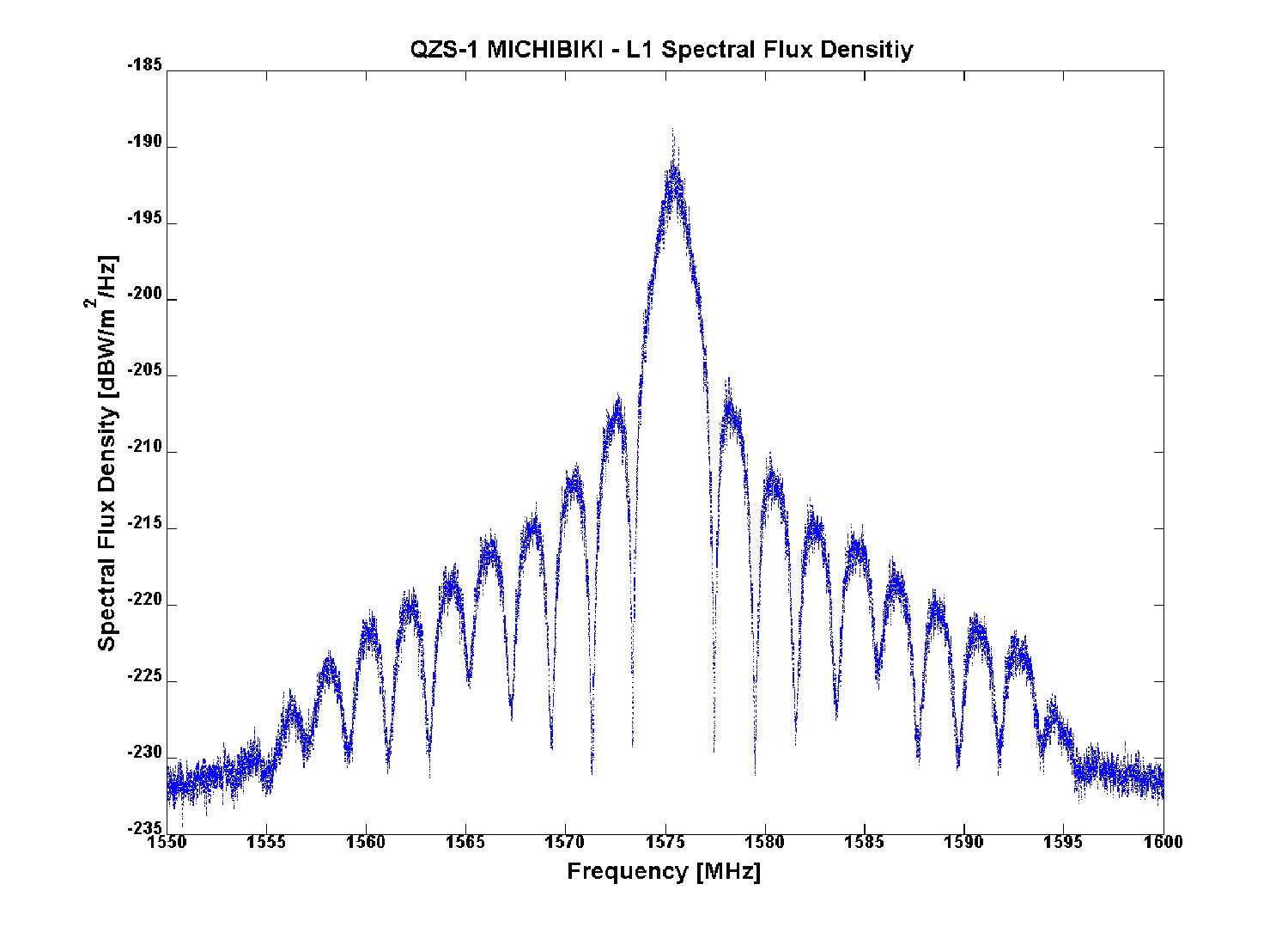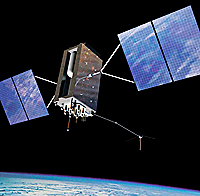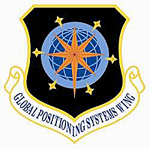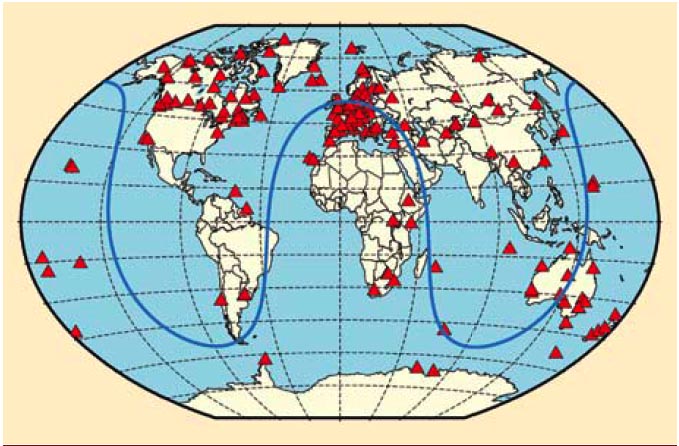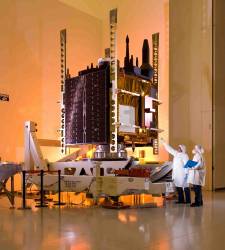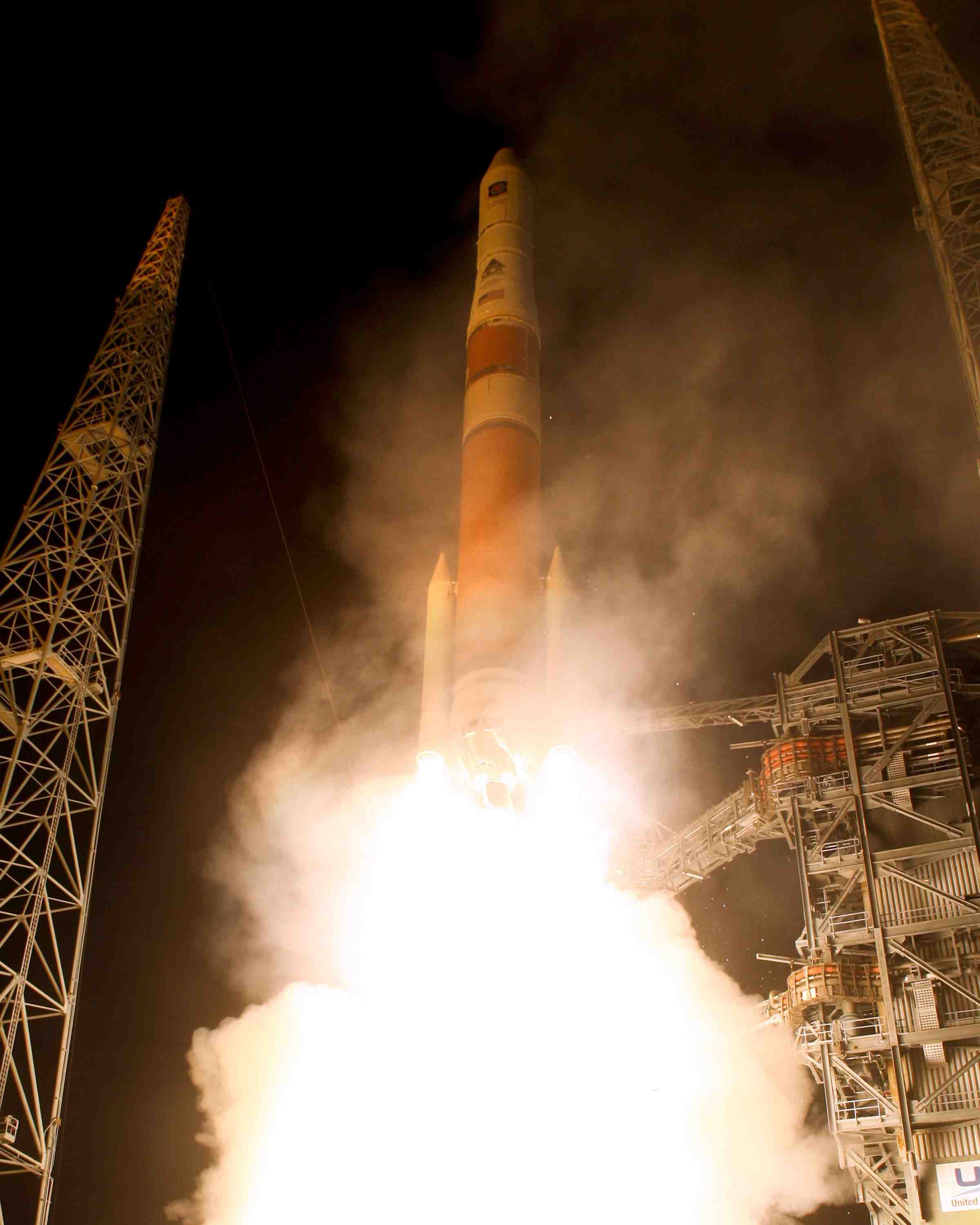Japan’s Quasi-Zenith Satellite Michibiki Begins Broadcasts
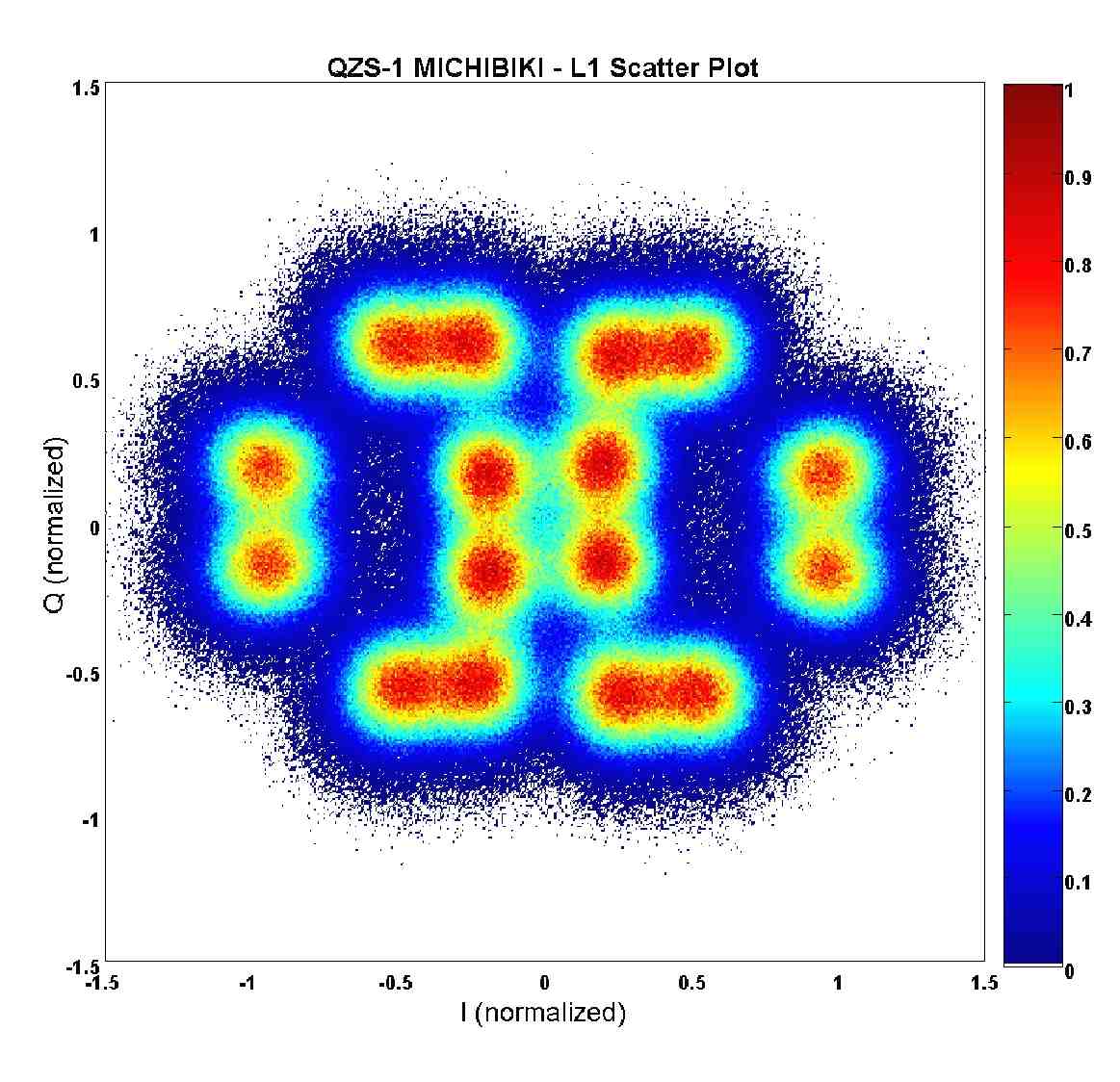
Experts at the German Aerospace Center (DLR) are analyzing signals from Japan’s first quasi-zenith satellite, Michibiki, which began transmissions (including the first transmission from space of the new civil signal, L1C) on October 26, according to the Japan Aerospace Exploration Agency (JAXA).
By Inside GNSS
